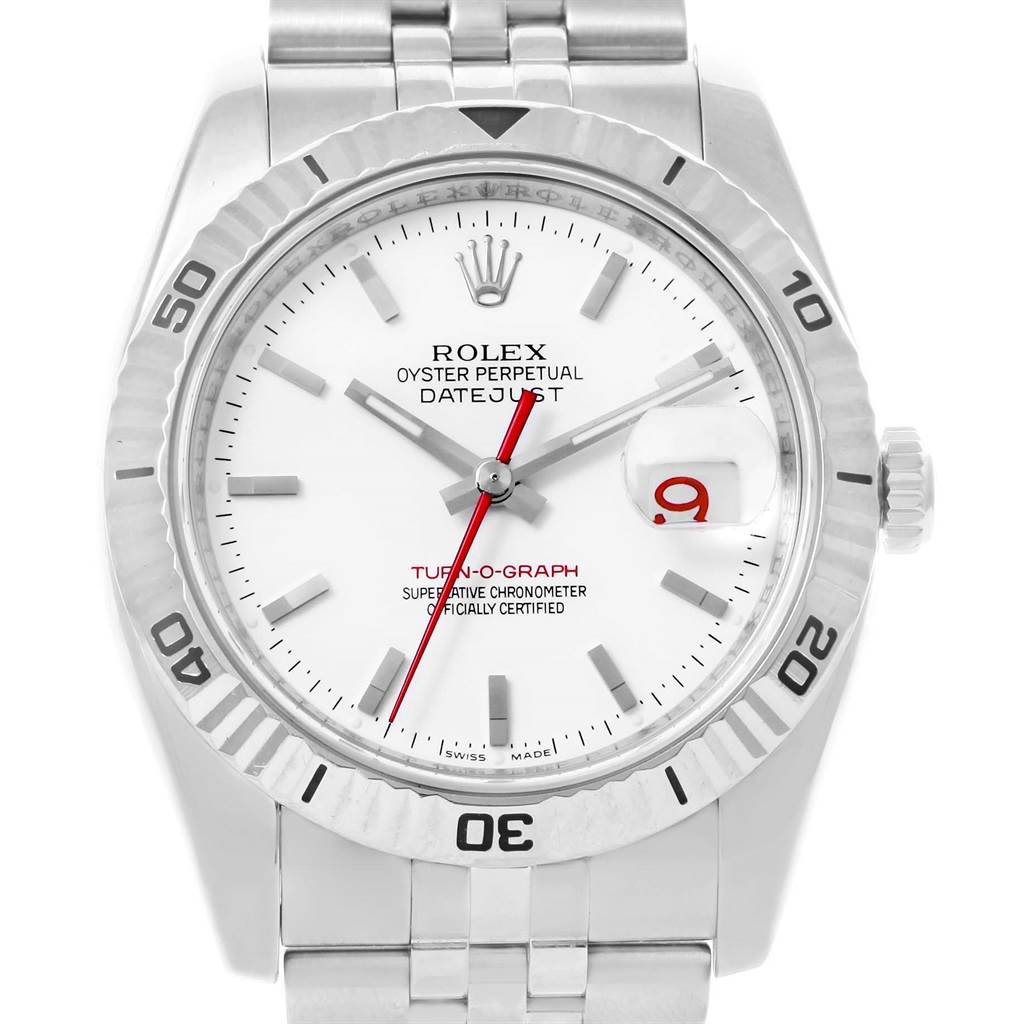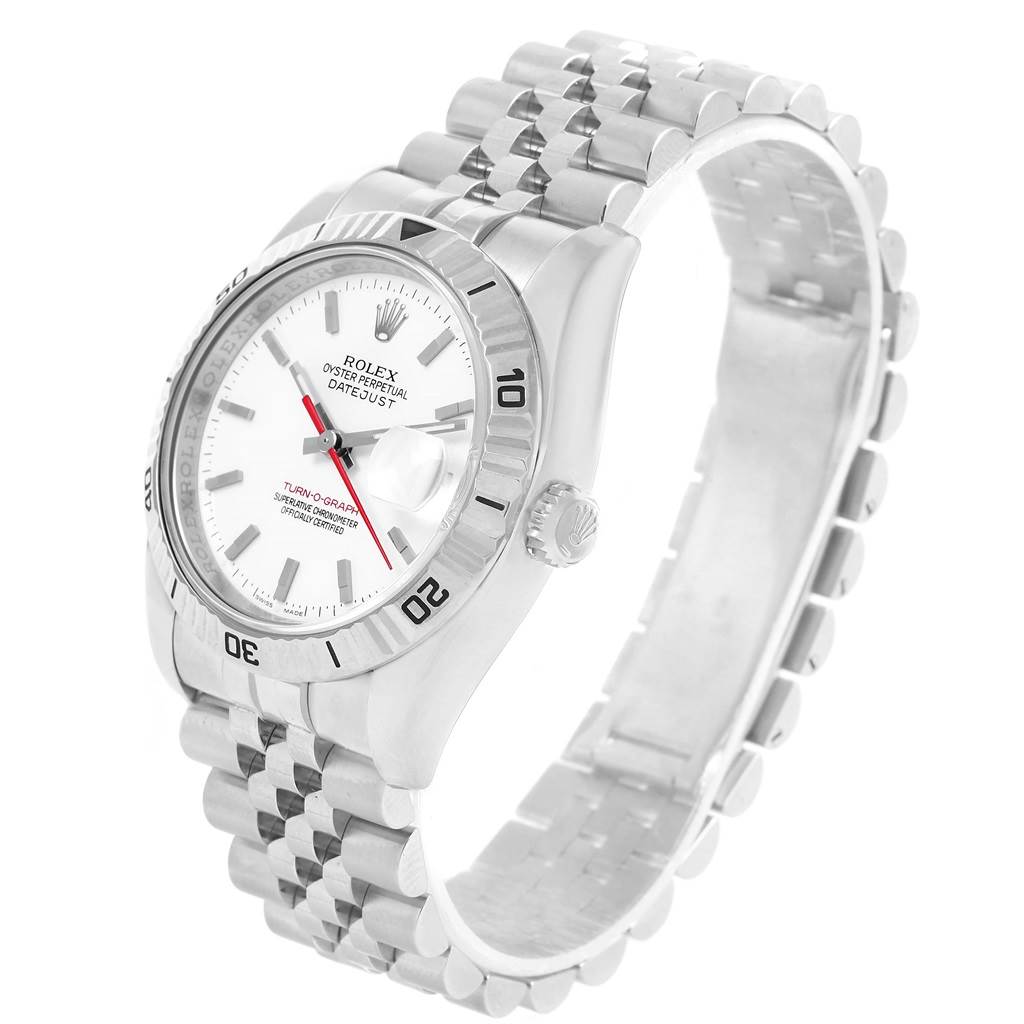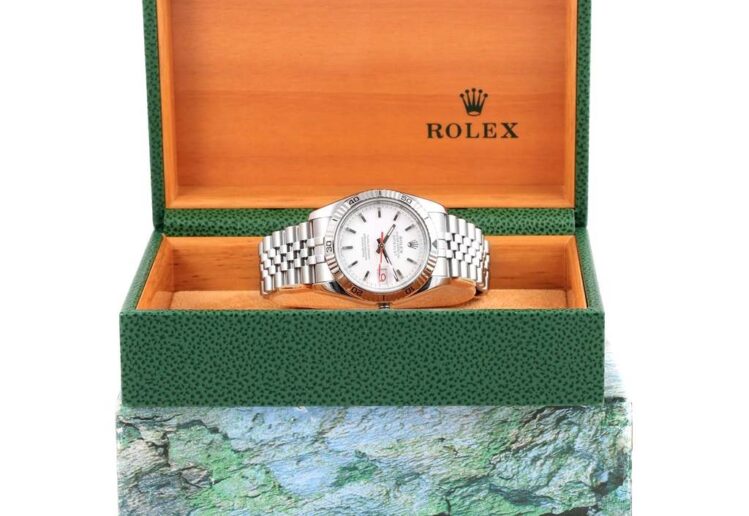Collecting watches is not for the faint of heart. Andy Freedman, a watch collector from New York, recalls a close call he once had while pursuing discontinued watches. This mission is particularly challenging because these watches suddenly become rare when a brand decides to halt their production, often without any prior announcement. On this occasion, Freedman was targeting a platinum Rolex Daytona with an ice blue dial and baguette diamonds. 
“I got mine from an authorized dealer two weeks before Watches & Wonders 2023, just as it was discontinued,” he said. “I thought I had hit the jackpot, only to find out Rolex launched a brand-new platinum Daytona with an open case back later that day.”
This scenario captures the essence of the watch collecting rollercoaster. “Collectors like myself are always on the hunt for pieces that are hard to come by. We are drawn by the exclusivity and prestige. When a desired reference is discontinued, the stakes are raised. It becomes scarcer, harder to obtain, and even more coveted,” Freedman explains.

But why would a brand discontinue its most popular reference? “We saw this in 2021 with the discontinuation of the stainless steel Patek Philippe Nautilus 5711,” says Freedman, referencing a highly sought-after model whose value soared between 2018 and 2022. “It’s usually due to manufacturing reasons, maintaining a limited supply of novelties, or changing things up within a collection. For Patek, it seems the 5711 had become too popular for its own good, and they wanted to redirect attention to other references.”
Is this done just for dramatic effect and added hype? What if Tudor were to discontinue the Black Bay 58 – would it become more popular? “In general, all watch models are destined to be discontinued, as the industry is based on constant product innovation,” says Pierre-Yves Donzé, a professor of business history at Osaka University’s Graduate School of Economics and a specialist in the Swiss watch industry. He recently wrote a book about the history of Rolex, with the English version coming out later this year. “The exception, therefore, is continuous rather than discontinued watches.”
‘Discontinued’ can mean different things, though. “A brand may decide to simply change an aesthetic aspect, such as the dial color of certain Rolex Oyster Perpetual models, or discontinue an entire collection like the Patek Philippe Nautilus,” Donzé notes.
This makes discontinued watches even more desirable. “Even if the value of certain discontinued models on the second-hand market is an expression of scarcity management that increases the attraction of collectors and customers to these brands,” he warns, “keep in mind that only a few brands with great prestige benefit from this effect.” Notably, these include Rolex, Patek Philippe, Audemars Piguet, and Richard Mille. “This was also the case with Swatch in the ’80s and ’90s, and perhaps again with the MoonSwatch.”
Still, the hunt for a watch that may soon be out of production is often the best part of collecting. “Predicting discontinuations has become a big part of the game for collectors and influencers. Rumors were flying earlier this year that Rolex would be discontinuing the Pepsi GMT due to sourcing and manufacturing issues with the coloring of the bezel,” says Freedman.
Of course, this wasn’t the case. Instead, Rolex discontinued the white gold, open caseback Daytona Le Mans 100th anniversary piece. In production for just six months, it marks one of the shortest runs for any Rolex ever. This rarity adds to its appeal for collectors, highlighting the unpredictable and thrilling nature of chasing discontinued watches.
